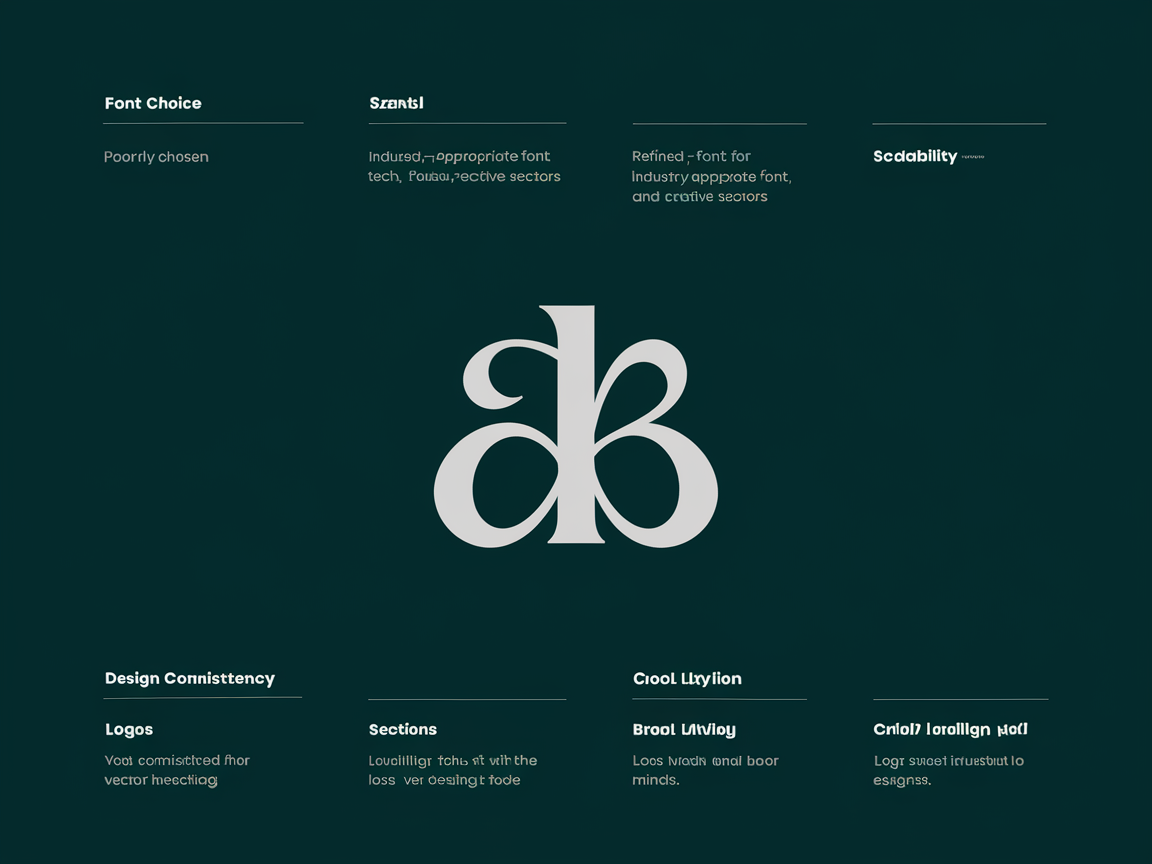Combining URL Information and Other Data for Effective Blog Outlines
Introduction
Did you know that crafting well-structured blog posts can boost reader engagement by up to 80%? In today's fast-paced digital world, content creators are tasked with delivering engaging articles using limited information. The secret sauce? Combining various data sources to create a dynamic and comprehensive blog structure.
Understanding the Main Topic and Purpose
What Makes a Blog Topic Worth Exploring?
Choosing the right blog topic is crucial. It should be relevant, timely, and resonate with your target audience. By focusing on these elements, you ensure your content connects with readers, while naturally integrating key terms like "blog structure," "engaging content," and "reader engagement."
Why Define the Purpose of a Blog Post?
The purpose behind your blog post shapes everything from tone to structure. Whether you're aiming to inform, persuade, or entertain, clarity in your goal helps in crafting content that captivates and engages. For example, an informative post demands precision and rich detail, while an entertaining one thrives on creativity and connection.
Researching and Gathering Information
How Can URLs Enhance Blog Research?
URLs are treasure troves of information. Even if direct access to websites is limited, they hold valuable insights. Use tools like browser extensions or web scraping software to gather essential data from web page titles, meta descriptions, and snippets. This approach refines your content without sacrificing depth.
What Are Effective Methods for Data Compilation?
Compiling data is an art. Using tools like Evernote or Google Keep allows you to systematically organize facts, statistics, and viewpoints. This not only makes your blog post more informative but also enhances its credibility and search engine rankings.
Organizing and Structuring the Blog Content
Why Is a Strong Introduction Important?
A strong introduction does more than grab attention—it sets the tone and lays out the road map for the entire post. Start with a hook, provide context, and clearly state your thesis to guide readers effortlessly. This approach also aids in SEO, making good use of primary keywords early on.
How to Build Compelling Body Sections?
- Establish the First Main Point: Begin with your primary arguments, supported by data or quotes. Offer insights that connect into a cohesive narrative, weaving keywords into the discussion seamlessly.
- Develop the Second Main Point: Broaden your topics with reliable sources and explore deeper implications to retain audiences' attention.
- Illustrate the Third Main Point: Cement your arguments with authoritative information, prompting readers to think critically and draw their own conclusions.
Conclusion
What’s the Impact of Well-Structured Blog Content?
A well-crafted blog post does more than just deliver information—it engages and informs, encouraging further reader interaction. By structuring your post effectively, you're not only improving readability but also reinforcing your arguments’ strength, benefiting both SEO and audience retention.
Reviewing and Revising
Why Is Clarity and Coherence Crucial?
Ensuring clarity and coherence in your writing is non-negotiable. Review each section rigorously, revise for logical flow, and fact-check to maintain accuracy. This attention to detail solidifies your credibility and enhances the overall reading experience.
Final Touches
How to Enhance Content with Visuals?
Visuals are powerful tools. Including images or graphs can significantly improve comprehension and reader engagement. Make sure your visuals complement your text, providing additional insights and creating a richer, more immersive reader experience.
Wrap-Up
Crafting a well-structured blog post involves marrying diverse data sources with effective writing practices. By focusing on these elements, you forge content that not only informs but also engages and inspires. Remember, mastery in writing comes with practice and persistence. Embrace these techniques, and watch your skills—and audience—grow!









